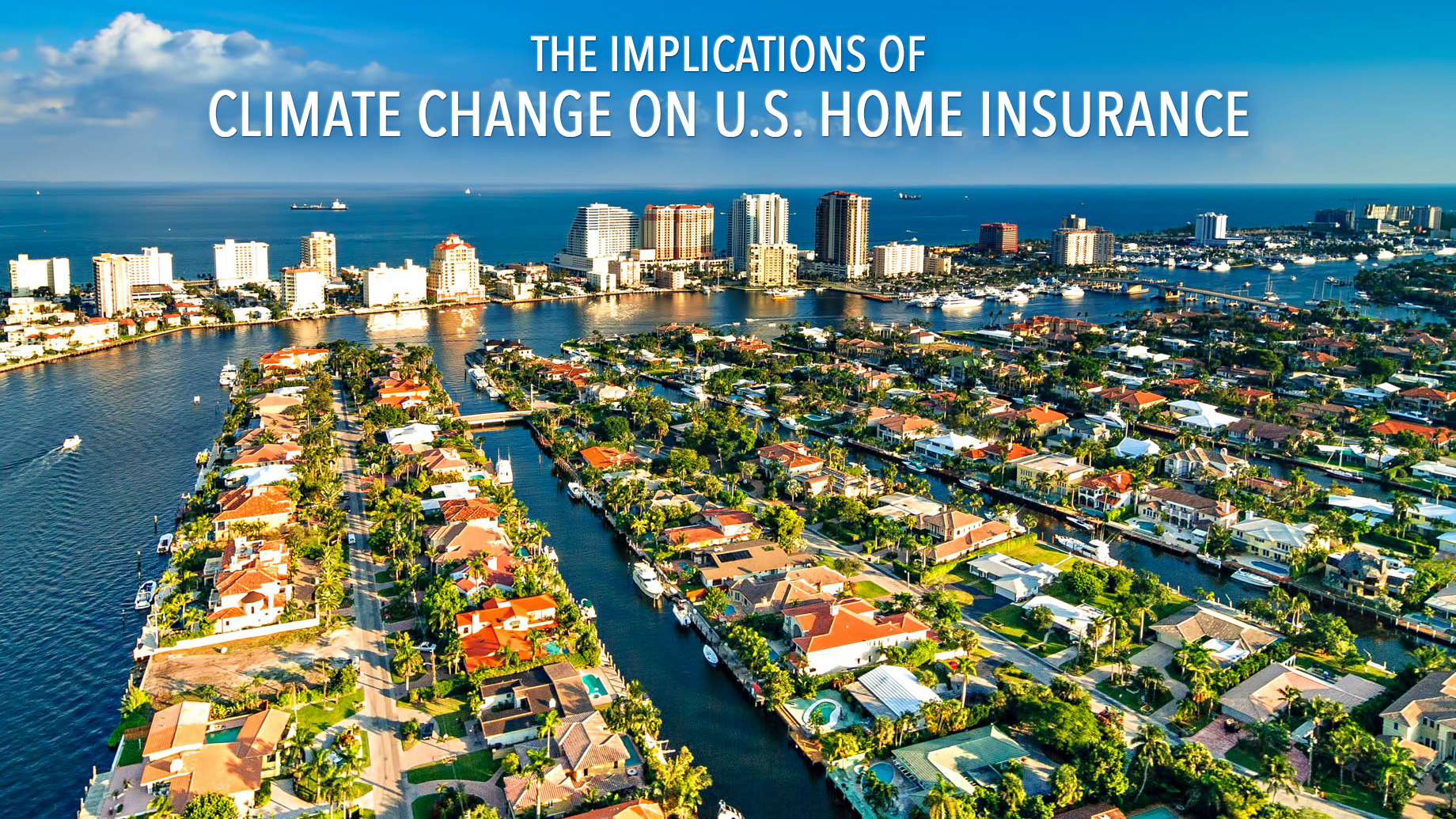
We know that climate change is a global issue, but the impact is far wider reaching than many people expect. In fact, it’s hitting the real estate market hard. Some property areas have been suffering from the negative effects of extreme weather conditions more than others for quite some time. The Florida market, in particular, is showing real signs of slowing down. According to the Miami Herald, the number of luxury sales in Miami Beach slumped 22% in a year by the fourth quarter of 2016.
Our changing climate
The drop-in interest can be attributed to the projected rise in sea levels, predicted to increase by as much as six feet over the next 100 years. Similar research concludes that the destructive power and intensity of hurricanes, particularly in the North Atlantic area, has been on the rise since the 1970s. The Union of Concerned Scientists believes that around 93% of the excess energy created by global warming is absorbed by our oceans and is, therefore, intensifying our hurricanes. As a result, some homeowners are reporting difficulties when making claims on their home insurance.
According to Consumer Reports, the average home insurance policy in the U.S. requires the homeowner to contribute 5% (or as much as 10% in Florida) of the home’s insured value to cover expenses caused by severe weather events – including hurricanes and floods from rising oceans.
Not just Florida
While the danger of rising oceans comes as no surprise in Florida, particularly for luxury homeowners who have long since enjoyed the benefits of ocean-front properties, the north of the country is by no means free of dangers. Hurricane Sandy destroyed 346,000 homes in New Jersey in 2012. This being an area that’s exposed to the forces of nature thanks to its 127 miles of attractive coastline. This is why seeking out the very best home insurance policy to suit your needs is now more important than ever before. The question is, how do you go about it?
Things to consider when insuring your home
The following is by no means an exhaustive list of home insurance tips and, as with most things, trends can change over time. But the advice is more than relevant and particularly pertinent considering the dangers of our changing climate.
Do some research
Take heed of company reputation. Read forums that share personal experiences of homeowners who have actually had to make a home insurance claim and find out how quick and efficient each insurance company is when claims are filed. The cheapest policy is not always the best policy. It’s important to find an insurer that doesn’t keep its clients waiting, particularly after damage caused by natural disasters.
Make sure you are completely covered
Finding yourself underinsured is a much bigger problem when a hurricane, ocean flood or tornado destroys your home. You must take home replacement value, labor costs and materials into account when choosing the right level of insurance to keep you covered. Remember that home replacement value can be significantly higher than the market price of your property.
One of the best things to do is to ask your potential insurer for a customized estimate and full breakdown that takes into account construction details, location, climate and property age. You may even have to invest in an “extended coverage” rider to protect you against damages caused by a natural disaster. Consider that floods and hurricanes might not only damage your home, but also anyone who happens to be inside at the time.
Reduce your risks
Nip higher premiums in the bud by reducing your risks from the beginning. In hurricane areas, invest in storm shutters for doors and windows. If you buy property in an area prone to earthquakes, make sure the building frame of your home is thoroughly and professionally bolted to the foundations.If your dream of owning a beachside property is just too good to give up on, it’s time to make sure that you keep yourself and your assets as well looked after as possible.